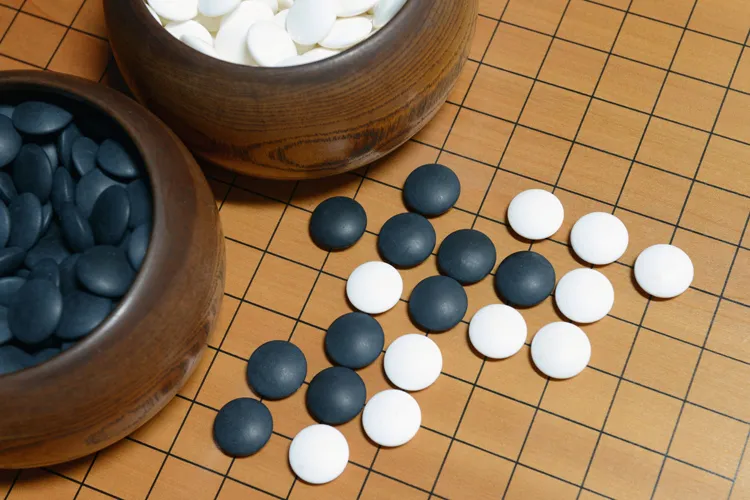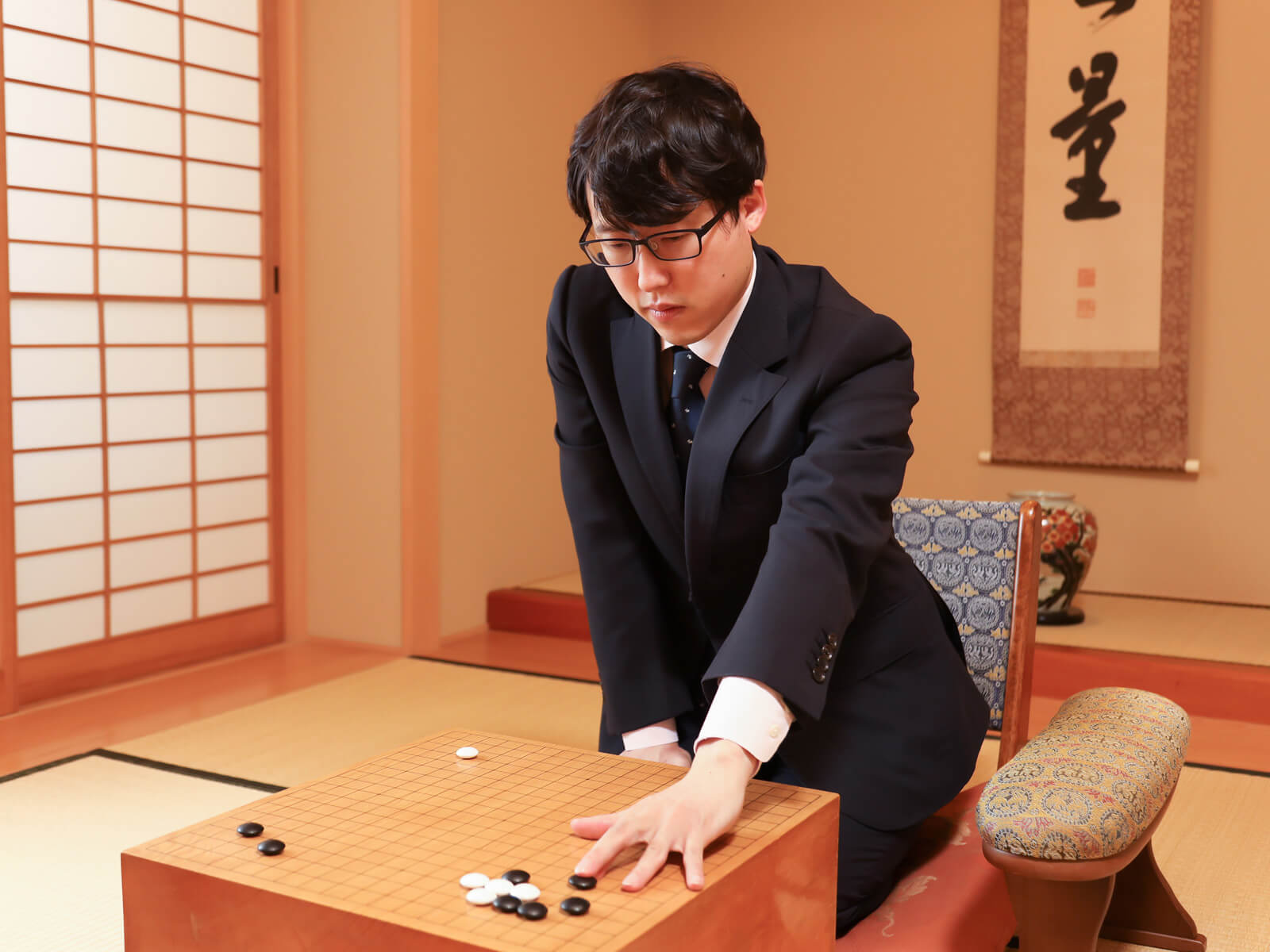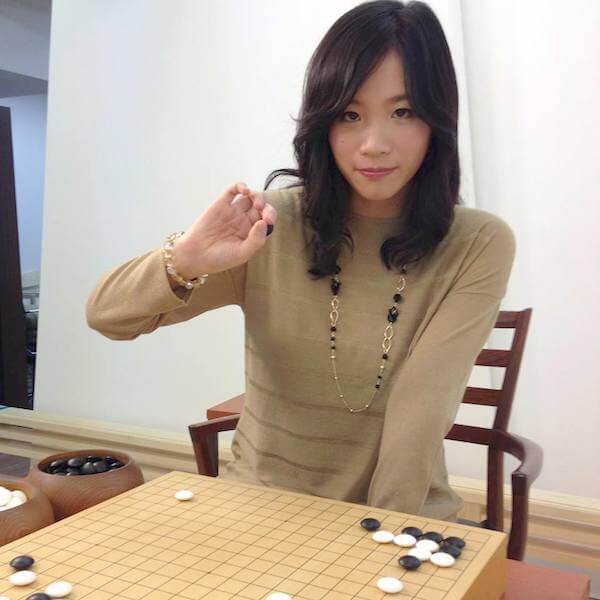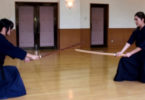When we were little about 60 years ago, we didn’t have any modern games like family computers and the like, so we used to play games like Gomoku-narabegame since “Board game of Igo/Go” (Igo/Go in Japanese) was too difficult to play for children at that time.
Hello everyone how are you doing? Today’s subject is “board game of Igo/Go” (Igo/Go).
Although there were the game of Igo/Go (we say Go from now on) or Shogi but they are very difficult to play for us children when I was little, so we didn’t do so much occasions but my father sometimes taught me how to play the game of Go but I remember that it made me headache as it was too complicated about the rule or something.
Board game of Igo/Go, Shogi, chess is a game that humans evolved thinking for hundreds of years.
I’ve thought board game of Igo/Go was too complicated and it was difficult. Regarding Chess, Shogi, and Othello, computers are better than people.
However, Go does not seem that computer has completely overcome human beings yet. Go is still complicated, isn’t it?
On the other hand, game of Gomoku-narabe is in a way quite easier than Go and it is an abstract strategy board game and players alternate turns placing a stone of their color on an empty intersection.
 Go/Igo is played on a grid of black lines(u
Go/Igo is played on a grid of black lines(u
That is raditionally played with Go pieces (black and white stones) on a Go board, using 15×15 of the 19×19 grid intersections. And pieces are not moved or removed from the board.
The game is known in several countries under different names, take in Britain for instance, it’s called Go Bang.
World Championship in Gomoku-narabe (Official name is Renjyu though) is held once a year.
So today I’d like to talk about the game of Go.
What’s Igo/Go ?
Go is an abstract strategy board game for two players, in which the aim is to surround more territory than the opponent.
The game was invented in ancient China more than 3,500 years ago and is believed to be the oldest board game continuously played today.
Black and white stones are placed on a grid with a click. This is go-a game that’s familiar to virtually everyone in Japan. Currently、there are an estimated three million go enthusiasts in Japan.
The board on which go is played is called a go-ban(board). And these black and white stones are placed on the go-ban.
The rules are simple. But despite its relatively simple rules, go is very complex, even more so than chess. The game is played by two players, the playing pieces are called “stones”.
One player uses the white stones and the other, black. The players take turns placing the stones on the vacant intersections (“points”) of a board with a 19×19 grid of lines.
And the object is to gain more territory than your opponent. The board consists of a grid of 19 vertical and 19 horizontal lines.
The players place their stones on the intersections of these lines in turn. Once you put down your stone, you cannot move it.
But stones are removed from the board when “captured”. Capture happens when a stone or group of stones is surrounded by opposing stones on all orthogonally-adjacent points.
The game proceeds until neither player wishes to make another move; the game has no set ending conditions beyond this.
When a game concludes, the size of your territory is calculated by the number of unoccupied intersections surrounded by your stones.
So the aim is to have more of these than your opponent. Games may also be terminated by resignation.
From where did go come and how it has become popular?
Go is said to have originated in China, some 3,500 years ago. On a grid of 19 lines in each direction, the total number of intersections is 361.
Because this is close to the number of days in a year, it’s thought that go once had a close link with astronomy and astrology.
Go was popular with samurai warriors in the feudal days. The game is all about strategically expanding your territory、so it was seen as a valuable pastime for generals aiming to expand there conquests through war.
The 17th century saw the emergence of professional go players. They vied with each other to demonstrate their prowess at the annual competition held in Edo Castle.
Around the same time, special go houses where common people could play against each other were set up one after another. This was how the level of play in Japan took a giant leap forward.
Today, with the spread of the Internet, you can play go online against all kinds of people.
And there are go enthusiasts all around the world. Right now, go is played in about 75 countries and regions, the majority of them living in East Asia.
As of December 2015, the International Go Federation has a total of by more than 40 million go players worldwide and four Association Membership organizations in multiple countries.
Finally, shall we try playing Go ?
Finally, “Shōgi (Japanese Chess)” being well-worth a visit, thanks













